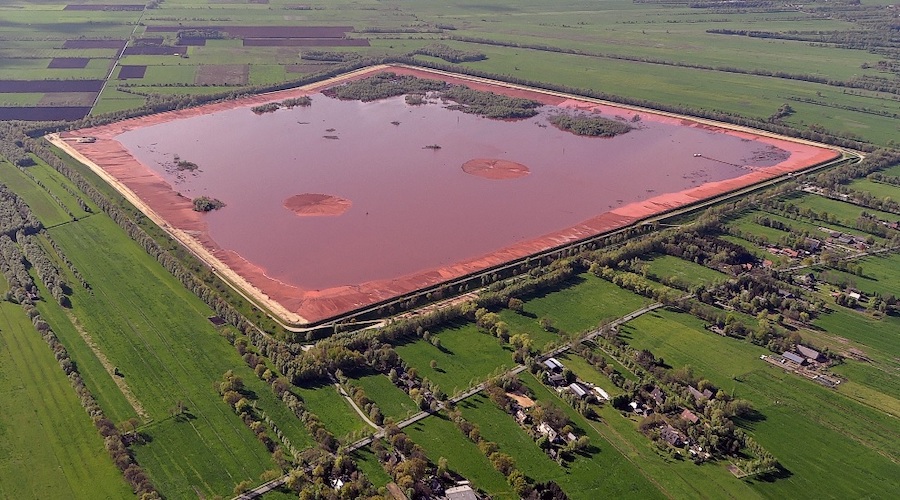
Within this context, the eco-engineering solution is being developed by researchers at The University of Queensland’s Sustainable Minerals Institute in partnership with Rio Tinto and Queensland Alumina Limited.
In an email to MINING.COM, lead researcher Longbin Huang explained that the technology is a process to utilize functional and cost-effective engineering inputs, either organic or minerals, to accelerate in situ microbial bioweathering of minerals and soil pedological and ecological processes in the amended wastes, towards the formation of functional growth soil, that is compatible with ecological attributes of native/exotic plant species and communities.
The UQ team secured over $3 million in funding from Rio Tinto and QAL, which is aimed at trialling the technology at an operational scale at two red mud sites
The process, however, is not simple as the salinity and alkalinity associated with the minerals in red mud make any rehabilitation effort challenging.
“The in situ eco-engineering of mineral wastes into soil largely offsets the need for excavating and transporting large volumes of natural soil resources from non-mined landscapes, thus achieving a great financial advantage while improving environmental quality expected,” Huang said. “This game-changing technology is expected to enable mining operators to commence progressive rehabilitation of tailings and mineral wastes, without the reliance on expensive and hard-to-come soil resources excavated from offsites.”
Traditional methods to manage red mud require companies to excavate and transport metres of topsoil from other locations to cover thousands of hectares of waste landscapes.
By avoiding this reliance on external inputs, the process created by Huang and his group is considered a more sustainable and cost-effective way of managing red mud compared to traditional methods.
Huang pointed out that scalability is also one of the key features of the system.
“The technology developed so far is field-operable at large scale and transferable and adaptable across sites, based on the specific mineralogy of tailings, the availability of local economic and renewable resource, and climatic conditions,” the researcher said.
To reach the final stage of development, the UQ team secured over $3 million in funding from Rio Tinto and QAL, which is aimed at trialling the technology at an operational scale at two red mud sites.
Yet, the tripartite partnership has been active for eight years as the three entities have been working together from proof of concept to full-field trials.




